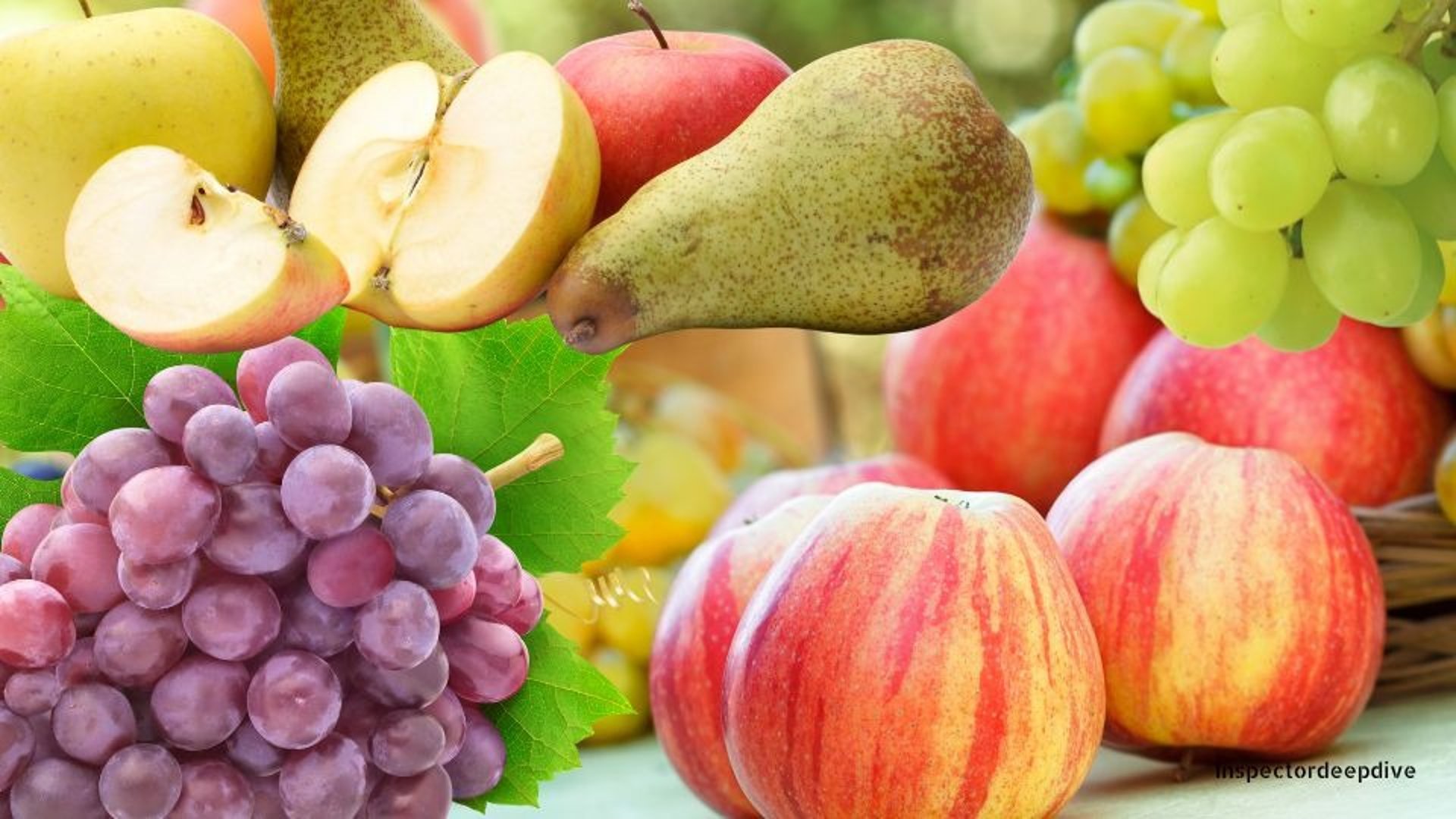Boron Guide: Food Sources, Supplements, Deficiency Signs, and Safety

Boron Guide: Food Sources, Supplements, Deficiency Signs, and Safety
What Is Boron?
Definition: Boron is a trace mineral found mainly in plant foods and water.
Basic context: In food and the body it usually appears as boric acid or borate compounds rather than elemental boron.
What Does Boron Do to the Body?
Primary roles: Boron helps support bone metabolism and influences how the body handles calcium, magnesium, and vitamin D.
Hormone effects: Boron can affect sex steroid hormones and may increase the half-life or availability of estrogen and testosterone in some settings.
Other effects: Emerging evidence links boron to reduced inflammation, possible benefits for joint comfort, and roles in cognitive function and mineral metabolism.
How Is Boron Absorbed?
Absorption: Most ingested boron is converted to boric acid in the gut and is well absorbed; estimates from studies put absorption around 80–90 percent.
Elimination: The body does not store large amounts of boron; excess is mainly excreted in urine, so kidney function strongly affects boron status.
Great Food Sources of Boron
Prunes, dried (½ cup): 1.5 mg
Raisins, seedless (½ cup): 1.0 mg
Avocado, raw, whole (1 medium): 0.7 mg
Peanuts, raw (¼ cup): 0.7 mg
Walnuts, English, chopped (¼ cup): 0.6 mg
Apples, with skin (1 medium): 0.5 mg
Pears, with skin (1 medium): 0.4 mg
Grapes, red or green (1 cup): 0.3 mg
Red kidney beans, cooked (½ cup): 0.3 mg
Broccoli, raw (½ cup): 0.2 mg
Carrots, raw (½ cup): 0.2 mg
Notes
Boron is naturally present in plant-based foods, especially those grown in boron-rich soils.
Dried fruits and nuts are among the richest sources due to concentration during drying.
Fruits with edible skins (e.g., apples, pears) provide more boron when consumed unpeeled.
Water can also contribute small amounts, depending on local mineral content.
Soil variability significantly affects boron levels crops from different regions may contain widely varying amounts.
How Much Boron Do You Need?
Typical intake: Most adults consume about 1 to 3 mg per day from food.
Guidance: There is no official Recommended Dietary Allowance, but many studies use 3 mg daily as a common supplemental dose.
Safety boundaries: Expert bodies estimate a broadly acceptable range of roughly 1 to 13 mg/day for adults, and an upper tolerable intake commonly cited for adults is about 20 mg/day. Do not exceed upper limits without medical supervision.
Signs You’re Getting Enough Boron
Possible indicators: Normal bone health markers, stable vitamin D and calcium status, and absence of cognitive slowing associated with very low intakes.
Practical note: There is no routine clinical test for boron status used in everyday practice; adequacy is usually inferred from diet quality.
Signs of Boron Deficiency
Reported signs: Limited human data suggest very low boron intake may increase urinary calcium and magnesium loss, reduce serum vitamin D, alter sex hormone levels, and in animal studies cause weaker bones.
Clinical picture: Clear, specific deficiency symptoms in humans are not well defined.
How Long to Fix a Deficiency?
Short-term changes: Biomarkers (hormones, mineral excretion) can show measurable change in weeks after adding boron.
Bone-related recovery: Improvements in bone density or structural bone changes, if they occur, typically require months to years and depend on other nutrients and interventions (calcium, vitamin D, exercise).
Supplements: What You Should Know
Forms: Common supplemental forms include boron as borate, boron citrate, boron glycinate, calcium fructoborate, and others. Labels list elemental boron amount.
Typical doses: Clinical studies often use 1.5–6 mg/day; many trials use around 3 mg/day.
Label reading: Supplements: Check the Supplement Facts for elemental boron and the compound used.
Quality: Choose reputable brands and discuss with a clinician before starting, especially if you have health conditions.
Risks of Too Much Boron
Toxicity signs: High doses can cause nausea, vomiting, diarrhea, headaches, skin rash, and neurological symptoms. Very large intakes can impair fertility and cause more serious toxicity.
Upper limits: Doses above about 20 mg/day in adults are associated with increased risk and should be avoided unless under supervision.
Pregnancy caution: High doses and certain forms (e.g., topical/vaginal boric acid in early pregnancy) have been linked with adverse outcomes; consult a clinician.
Who May Benefit Most from Supplements?
Potential candidates: People with very low dietary intake, some individuals with osteoarthritis symptoms being trialed in small studies, and people with conditions affecting mineral metabolism.
Caution groups: People with kidney disease, hormone-sensitive cancers, pregnant people, and others should avoid supplements unless advised by a clinician.
Medication Interactions
Hormone therapies: Boron may affect estrogen and testosterone levels, so use caution if you are on hormone replacement or have hormone-sensitive conditions.
Kidney-cleared drugs: Because boron is renally excreted, impaired kidney function or drugs that affect renal clearance may alter boron levels.
General advice: Medication interactions: Talk to your prescriber or pharmacist before starting boron supplements.
Lifestyle Factors Affecting Boron Absorption
Soil and diet: The most important factors are the boron content of soil and the types of plant foods you eat.
Kidney health: Renal function influences retention and clearance of boron.
Dietary matrix: Boron in simple plant-derived forms is generally available; overall bioavailability is high but not fully characterized.
Seasonal & Lifestyle Variations
Seasonal patterns: Intake can vary with seasonal availability of fruits (fresh vs dried). Dried fruits and preserved items can provide more boron year-round.
Lifestyle patterns: Vegetarian and plant-forward diets often provide higher boron than very low-plant diets.
Cooking & Storage Effects
Water solubility: Boron is water soluble and can leach into cooking water, so boiling and discarding water can reduce boron content in cooked vegetables.
Concentration: Drying concentrates boron, which is why dried fruits are especially rich sources.
Storage: Ordinary storage does not destroy boron, but processing that removes solids or discards juices can lower content.
Common Myths About Boron
Myth: Boron is essential in the same way as iron or iodine.
Reality: Boron is a trace element with suggested benefits, but authorities do not universally classify it as essential for humans.
Myth: More is always better.
Reality: Excessive boron can be harmful; supplements should be used cautiously.
Fun Facts
Element facts: Boron has atomic symbol B and atomic number 5.
Plant role: Boron is a structural component in plant cell walls and is essential for healthy plant growth.
Medical use: Boric acid is used topically and vaginally in specific cases, for example for some yeast infections, but not for routine oral use.
Environmental & Sustainable Sources
Agriculture link: Boron content in foods depends on soil health; sustainable soil management supports natural boron levels in crops.
Sourcing: Most dietary boron comes from plant foods rather than mined supplements. Choose locally and seasonally grown produce where possible to support sustainable supply chains.
Special Groups & Unique Needs
Pregnancy and breastfeeding: Avoid high supplemental doses; discuss with your clinician.
Children: Tolerable upper limits are lower for kids; do not supplement without pediatric advice.
Older adults and postmenopausal women: May be interested in boron for bone health but should consider the whole strategy (calcium, vitamin D, exercise) and consult a clinician.
How to Track Your Boron Intake
Food tracking: Keep a food log focused on high-boron items (dried fruits, nuts, beans, avocados, prunes, raisins).
Estimate approach: Use typical serving estimates (for example, a serving of prune juice or half an avocado can provide a substantial portion of an adult’s typical daily intake).
Supplements: Supplements: Track elemental boron from labels and stay below recommended upper limits.
Biomarkers: Urinary boron correlates with intake in research settings but is not a routine clinical test.
Summary
Bottom line: Boron is a dietary trace element found mainly in plant foods that supports bone metabolism and influences mineral and hormone handling. Most people get about 1–3 mg/day from food. Supplements are commonly used at doses around 3 mg/day in studies, but high doses (above about 20 mg/day for adults) carry risk. If you are considering supplements, have kidney disease, are pregnant, or have a hormone-sensitive condition, consult a clinician first. A balanced, plant-rich diet with dried fruits, nuts, beans, and a variety of fruits and vegetables will generally provide adequate boron for most people.
info@inspectordeepdive.com
© 2025 food.InspectorDeepDive.com. All rights reserved. Content may not be copied or republished without permission.
This article is for informational purposes only. InspectorDeepDive.com does not provide medical advice. Always consult a licensed healthcare provider before making dietary or health decisions.
